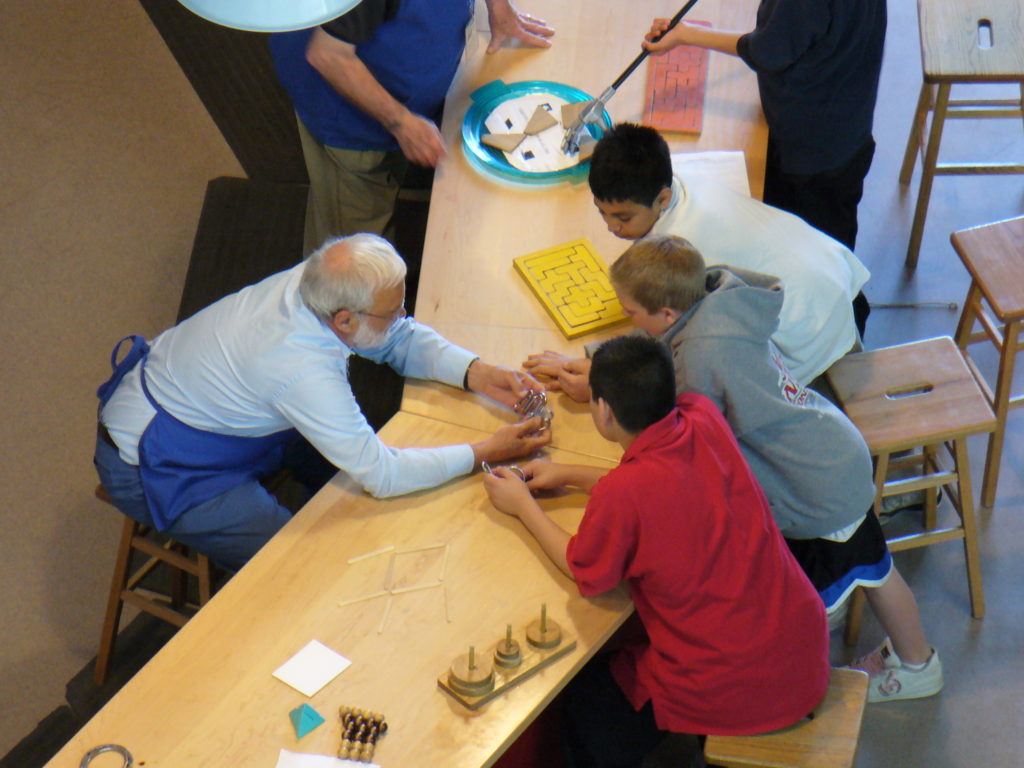Like Slow Food, the science center movement grew out of a radical and restorative view of the human relationship with the world. Its defining values also have to do with leisure in its best and classic sense—that is, the active and collective pursuit of a good life.
Just as the Slow Food movement has coincided with an explosion in its opposite, Fast Food, so the essence of the science center movement is still strong and vibrant even as big buildings and mass entertainment threaten to overwhelm it.
Carlo Petrini describes three defining features of Slow Food:
• Buono/Good—enjoyment, discovery, savoring of experience, conviviality—what he calls “educated pleasure”
• Pulito/Clean—concern about the environment, about sustainability
• Giusto/Fair—concern about social justice, the sources of the food we eat, the people who produce it.
Training the senses, he says, can be a political act. “The more vigilant our attention, the lower the risk of perceptual deception. . . The senses can become tools of choice, defense, and pleasure; they give new ‘sense’ to our actions in all fields.”*
 In good science learning, it seems to me, the principles are the same. Others have used the term slow science to call attention to how the general speed-up is creating strains in the research community. Maybe slowing down how we learn about science—recognizing that it takes time to savor, inquire, and reflect—might also help cultivate a greater appreciation for those who devote their lives to research and the ways science has enriched the world.
In good science learning, it seems to me, the principles are the same. Others have used the term slow science to call attention to how the general speed-up is creating strains in the research community. Maybe slowing down how we learn about science—recognizing that it takes time to savor, inquire, and reflect—might also help cultivate a greater appreciation for those who devote their lives to research and the ways science has enriched the world.
The photograph was taken at the Science Museum of Minnesota, where visitors can sit down and take their time working with volunteer staff and learning materials.
I am grateful to my friend Pietro Cerreta for the opportunity to share these thoughts during the Genoa Science Festival in October 2008.
*From Slow Food Nation, p. 92.